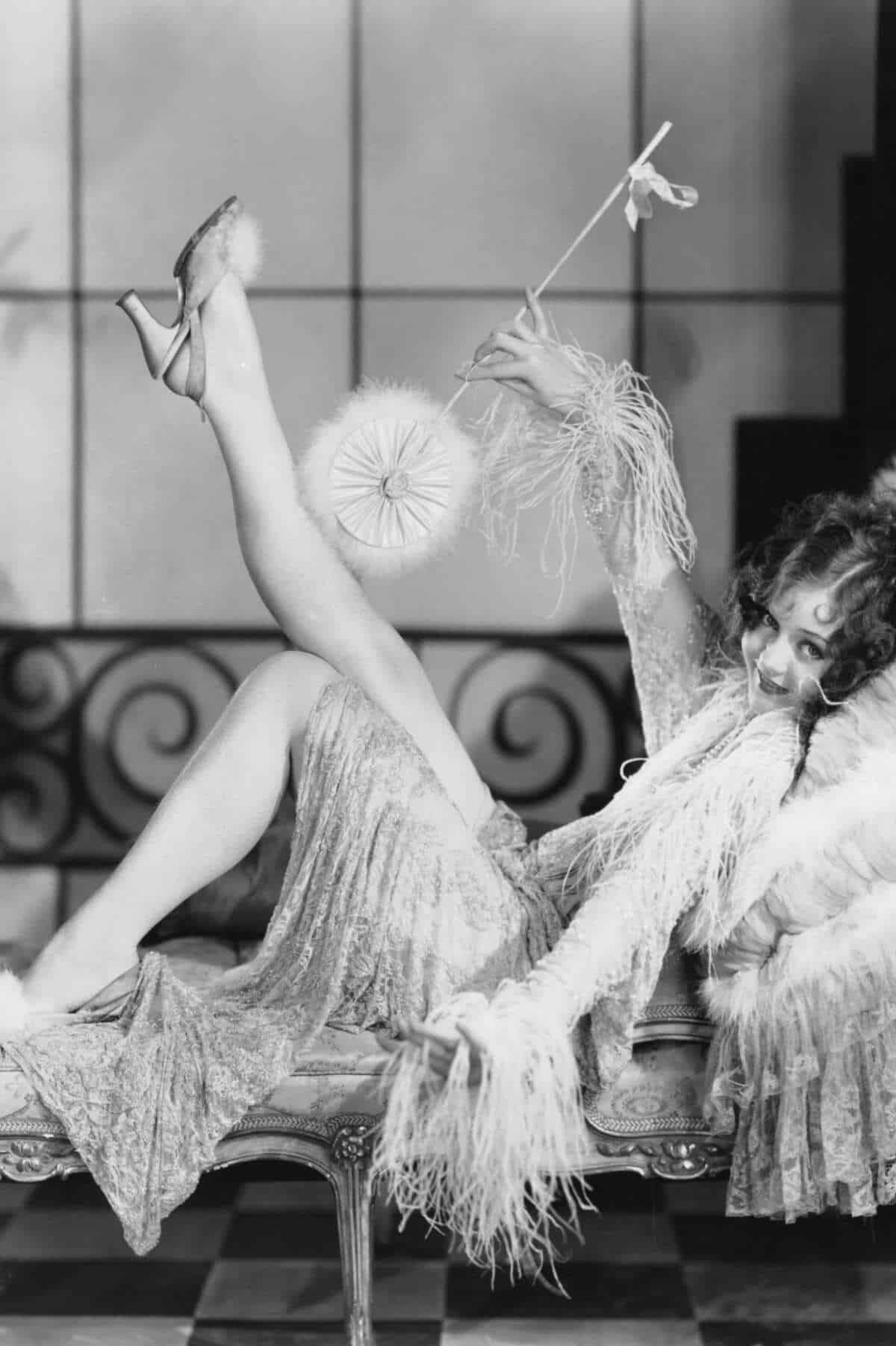Can the 2020's Roar?
“The flapper is deceased.” –Zelda Fitzgerald, 1922
The jazz age priestess, Zelda Fitzgerald, novelist and artist married to F. Scott Fitzgerald, opened the door to the truth behind flapper beauty in an article she wrote for Metropolitan Magazine in 1922 titled “Eulogy On the Flapper.” In the article, Fitzgerald added, “I am assuming that the Flapper will live by her accomplishments and not by her Flapping.” Again, she penned the truth.
Most of us welcomed 2020 with raised champagne glasses and toasts to each other while using the phrase “old sport.” There seems to be a dormant hope in many that the new decade will be filled with the glamour and mystique that was the roaring 20’s.
It was a hundred years ago that Zelda and F. Scott Fitzgerald, and Ernest Hemingway, and Gertrude Stein brought forth rebellion as if it was a robust art form. However, the hope we have to paint in the same brushstrokes is moot. You may not be wearing a flat cap, drinking champagne in parlors, or smudging cigarette extenders with plum lipstick, but the aura of the 1920’s is already present and has been for many years.
Flapper culture and American modernism is a place I have a weird level of expertise in. I felt a strong draw to Daisy Buchannan’s character in The Great Gatsby and ever since my love for the jazz age grew. Looking at the years in which the dresses got shorter and the hair that got bobbed, there was a sadness hiding behind the modern age and smoke. I’ve spent arguably too many hours researching 20th century modernists, especially the one and only Zelda, and I’ve drawn great similarities to life then as it is now. However, when it comes to whether the 2020’s will reach the roar of the past I’m unsure.
The 1920’s presented not just an entry to modernist American culture, but an arrival much like that of a Rolls Royce brimming with champagne-laced party goers crashing into Gatsby’s bushes. Modernism was a societal movement primarily seen in art, literature, and fashion to make sense of the past through its retelling. The country’s youth was wrecked from World War I, and walked into adulthood with the greatest level of uncertainty but greatest opportunity for prosperity America had ever offered.
Zelda wrote a tribute to her late husband that only saw the light of day after 1974, but nonetheless, captured what the 1920’s and modernism were:
“The United States greeted the returning young men with appropriate tragic and ecstatic pathos, and compensatory dramatics, but still the erst-while doughboys languished, and weren’t quite able to take up the thread on the same attenuate pitch as before…The times exacted a dramatization compelling enough to save its protagonists from sleep-walking over the proscenium in the general doesn’t matter suasion of the letdown; and splendidly tragic enough to turn the barbarism of recent war experiences into drama.”
Speaking in the generalist of terms, much of America’s youth today in 2020, has not experienced the horror that was World War I. Therefore, our respite from terror through rebellion can not reach the same level of sensation as it did a century ago.
Culture did and still does create characters though. One character in particular encapsulated the apex of modernism, and it was created by 1920’s “prophet” and Zelda’s husband F. Scott Fitzgerald: the flapper.
Women had already begun to move away from tradition and expect more from life than ever before, while also wearing less layers than ever before. The style, the attitude, all became one when the idea of the flapper bloomed. It was F. Scott Fitzgerald’s debut piece in 1920, This Side of Paradise, that saw his entrance not only to the literary scene, but revealed the flapper image to the public.
There were no more demure smiles, with the flapper, with the 1920’s, there was a smirk.
In her 1922 article Zelda, F. Scott’s model for his characters and the way in which a flapper should speak and act, described the character curated solely out of the rising modernist culture:
“…The Flapper awoke from her lethargy of sub-deb-ism, bobbed her hair, put on her choicest pair of earrings and a great deal of audacity and rouge, and went into battle. She flirted because it was fun to flirt and wore a one-piece bathing suit because she had a good figure; she covered her face with powder and paint because she didn’t need it and she refused to be bored chiefly because she wasn’t boring. She was conscious that the things she did were the things she always wanted to do.”
Now, not only are one-piece bathing suits all the rage again, but this depiction of a woman seems like many of my fellow fearless females. My favorite part of her characterization: audacity. Women today have shown us that we audacity flowing through our veins. The flapper wasn’t privy to the luxury, accessibility, and inclusivity we have today, but they were sketches of which today’s women grew from.
2020 ushered in a society that for the most part offered the opportunity of acceptance for everyone living in it. There is still a massive hill to climb, but as for right now, today’s youth is seeing great opportunity and seizing it.
I draw this observation: much like the modernists and the flappers they produced, we are attempting, and sometimes succeeding, to act out to break down barriers that many generations before us would have disapproved of.
Perhaps, we can’t establish an atmosphere of debauch the way there once was in the 1920’s, but that it is because there isn’t much more of a boundary to push only greater acceptance. With this the 2020’s may not roar the way they did but our society will continue to push barriers: pour the champagne.





